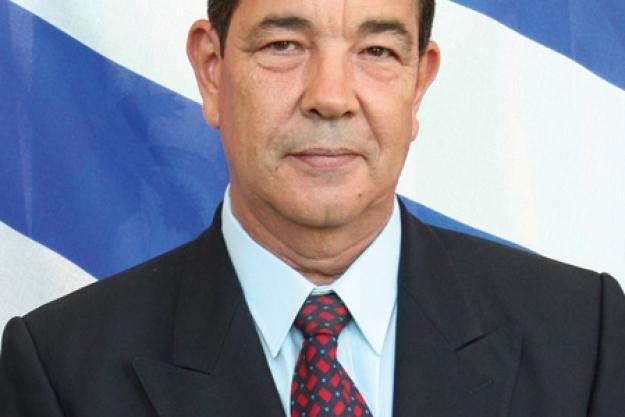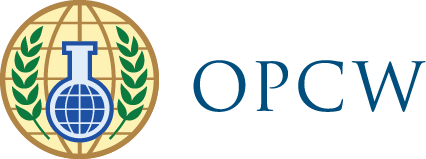
By H.E. Oscar de los Reyes Ramos, MSc and Justo A. Quintero Méndez, Permanent Representation of Cuba to the OPCW
I. Introduction The NAM is an important forum for political harmonisation among the countries of the South. It functions in a manner that is designed to allow all Member States, with no differentiation or discrimination of any kind, to participate in the taking of global decisions and in world politics. The NAM is governed by a body of principles, concepts, programmes, and agreements––a methodology which constitutes the guidelines for its functioning, and which represents the consensus that exists among the member countries.
The NAM plays a significant role in the preservation of international peace and security. It brings together a growing number of States and other organisations which, despite their ideological, political, economic, social, and cultural diversity, have accepted its fundamental principles and primary objectives. Historically, the Non-Aligned Countries have demonstrated the ability to overcome their differences and find common denominators for actions that lead to mutual cooperation and the defence of their shared values. Having its Coordination Bureau operate from the Permanent Representation of Cuba to the United Nations, the NAM is present in many multilateral fora as a harmonisation mechanism.
II. The NAM, the OPCW, and the Second Review Conference In the context of the OPCW, the People’s Republic of China, an observer country to the NAM, also acts in association with this political harmonisation mechanism. Furthermore, there are other observer States which interact with the movement. This activity is independent of the regional groups mentioned in the Chemical Weapons Convention (CWC).
In paragraph 73 of the final document of the 14th Summit of the NAM, which took place in Havana, Cuba, in September of 2006, the summit invited all States which had not yet signed or ratified the CWC to do so soon, with a view to achieving universality. It repeated its appeal to the developed countries to encourage international cooperation through the transfer of technology, material, and equipment for specific purposes in the chemical sector and to eliminate each and every one of the discriminatory restrictions which contravene the letter and spirit of the CWC. Furthermore, it recalled that the full, effective, and non discriminatory application of the provisions relating to international cooperation contribute to the achievement of universality. Similarly, it requested those States which had declared themselves as possessors of chemical weapons to proceed with the destruction of those weapons as quickly as possible.
As a result, the NAM and China––the coordination between which in The Hague is currently managed by Cuba––have had the permanent task of continuing the previous, important work carried out by Malaysia, as well as of encouraging implementation of the agreements from the 14th Summit, and translating these into the real context of the OPCW and the dynamic evolution of all actions aimed at achieving the object and purpose of the CWC.
These actions are translated into the positions reflected in an OPCW document (RC 2/NAT.17/Rev.1, dated 15 April 2008), presented by Cuba on behalf of the NAM and China during the recently concluded Second Review Conference. The approaches described in that document contained guidelines for the actions of the NAM and China during the process of reviewing the CWC, but they are at the same time valid in the general context of the OPCW. On occasion, these positions may move away from the national postures of some Member States, which is a proof of the sense of balance and respect the NAM has for the sovereignty of its members.
The nature of the debates conducted during the Second Review Conference, in particular those related to international security, the destruction of chemical weapons, the destruction or conversion of CWPFs, universality, national implementation measures, assistance and protection, the full implementation of Article XI, as well as on the verification activities provided for in the CWC, amongst other topics, demonstrates the appropriateness of the positions presented by the NAM and China during the negotiations. It also confirms that the NAM and China, with their constructive approach, have also made a positive contribution to achieving a better balance in the decisions and agreements adopted, as well as on those topics in relation to which negotiations are continuing within the OPCW.
III. Conclusions The Member States of the NAM that are States Parties to the CWC and China will continue working together with all the other States Parties with a view to achieving general and complete disarmament under strict international control. In the context of the CWC, this will involve the final elimination of an entire category of weapons of mass destruction, chemical weapons, in strict accord with the provisions of the CWC and the relevant decisions of the Conferences of the States Parties.
